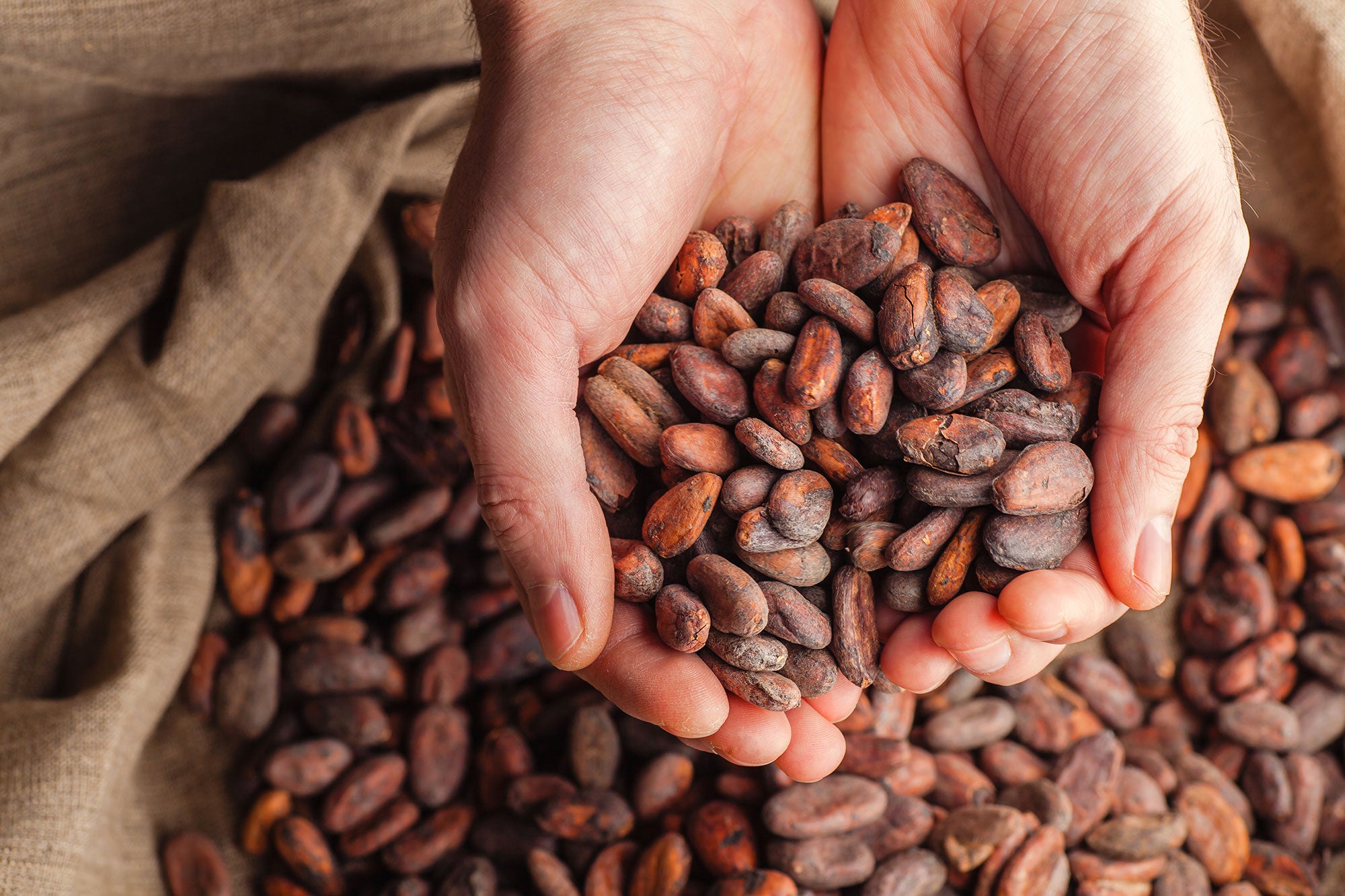Our Location
Jl.raya gunung putri no. 99
Gunung Putri, selatan Gedung A

Cocoa is the foundation of the global chocolate industry — but behind every chocolate bar lies a deeper story that begins with the cocoa bean. Known for its rich flavor and deep cultural significance, cocoa is a globally valued commodity, appreciated both for its taste and its economic impact.
At Alamara, we proudly source cocoa beans directly from Indonesian farmers, particularly those in Flores Island. This region’s fertile volcanic soil and traditional farming practices contribute to unique flavor characteristics that set our beans apart.
The Origins of Cocoa
Cocoa (Theobroma cacao) traces its roots to the tropical rainforests of Central and South America. Revered by ancient civilizations such as the Maya and Aztecs, cocoa was once considered sacred — used in religious ceremonies and even as a form of currency.
Today, cocoa is cultivated in tropical regions located within 20 degrees of the equator. Major producers include:
Ivory Coast – The world’s largest cocoa producer, supplying bulk cocoa for mass-market chocolate.
Ghana – Renowned for high-quality beans and a consistent flavor profile.
Indonesia – The third-largest producer, offering distinctive flavor notes and fine-flavor varieties.
Ecuador – Home to the highly prized Arriba Nacional cocoa.
Brazil, Peru, and other Latin American countries – Also known for premium, fine-flavor cocoa.
Indonesia distinguishes itself not just by quantity, but by the unique taste profiles of its cocoa beans from regions like Flores, Sulawesi, and Sumatra.
The Main Types of Cocoa Beans
Cocoa beans are generally categorized into three primary types, each with different genetic traits and flavor profiles:
Forastero
Making up about 80% of global cocoa production, Forastero trees are hardy and high-yielding. These beans offer a strong, classic cocoa flavor that can sometimes be bitter, making them popular for industrial chocolate production.
Criollo
The rarest of the three, Criollo accounts for less than 5% of the world’s cocoa. The trees are delicate and produce lower yields, but the beans offer a mild, complex flavor with low bitterness and fine aroma — ideal for premium chocolate products.
Trinitario
A natural hybrid of Criollo and Forastero, Trinitario combines the best of both: resilience and yield from Forastero, and the nuanced flavor of Criollo. These beans typically feature balanced, aromatic notes and are commonly used in fine-flavor or craft chocolate markets.
Cocoa Varieties from Indonesia
Indonesia primarily produces Forastero beans, with some regions cultivating unique Trinitario varieties. When properly fermented, many of these are classified as “fine flavor” cocoa due to their rich and diverse taste profiles. Each region adds its own signature:
Flores – Thanks to its volcanic soil, cocoa from Flores offers a smooth, balanced flavor with subtle complexity.
Sulawesi – Known for strong, earthy cocoa beans often used in blends.
Sumatra – Produces cocoa with bold, rich flavor characteristics, favored in darker chocolate applications.
Why Cocoa Type and Origin Matter
For buyers, chocolate makers, and traders, understanding the type and origin of cocoa is essential. Different beans influence the final flavor profile of chocolate and impact market value. Fine-flavor and properly fermented beans, for instance, command higher prices and are preferred in premium products. Whether used in industrial-scale production or in handcrafted chocolate, the right cocoa type ensures quality and consistency.
At Alamara, we are committed to delivering high-quality cocoa beans through a trusted network of farmers. Our focus on traceability and traditional cultivation, especially from Flores Island, ensures that our clients receive cocoa with character, quality, and a story worth telling.
Ready to Source Unique Indonesian Cocoa?
Get in touch with Alamara today to learn more about our premium cocoa beans from Flores. Let us help you bring the richness of authentic Indonesian cocoa to your business — from origin to excellence.